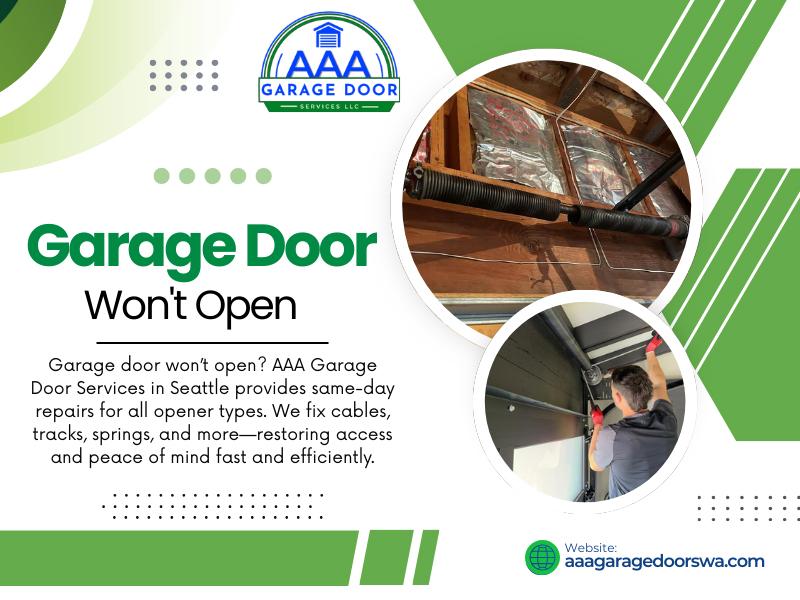Understanding SSD Drive Failure: Causes, Signs & Prevention Tips | Ulink Tech
In today’s data-driven world, Solid State Drives (SSDs) have become the go-to choice for faster boot times, quick data access, and overall system performance. But like any technology, SSDs aren’t immune to failure. Whether you're a business owner, IT professional, or everyday user, knowing the causes and signs of SSD drive failure can save you from data disasters.
At Ulink Tech, we specialize in ensuring data safety and system reliability. Here’s everything you need to know about SSD failure and how to protect your data.
What Causes SSD Drive Failure?
Unlike traditional hard drives (HDDs), SSDs have no moving parts. However, they rely on flash memory, which can degrade over time. Common causes include:
NAND Flash Wear: SSDs have a limited number of write cycles. Overuse can wear out the memory cells.
Power Surges or Failures: Sudden loss of power or voltage spikes can damage SSD controllers.
Firmware Bugs: Firmware issues can lead to unexpected crashes or unreadable data.
Overheating: Consistent high temperatures can shorten the SSD’s lifespan.
Bad Blocks: Similar to bad sectors on HDDs, SSDs can develop bad blocks, making data inaccessible.
Signs of an Failing SSD
Recognizing early symptoms of SSD drive failure can help you act fast:
Frequent Crashes: Your system crashes often, especially during boot.
File Errors: Missing files or corrupted data without reason.
Slow Performance: Read/write speeds drop significantly.
Read-Only Mode: The drive switches to a read-only mode to protect data from further corruption.
System Refuses to Boot: The OS cannot detect the SSD or fails to start.
How to Prevent SSD Failures
At Ulink Tech, we recommend the following best practices:
Regular Backups: Always maintain backups of critical data in multiple locations.
Monitor Drive Health: Use SSD monitoring tools to check wear levels and errors.
Firmware Updates: Keep your SSD firmware updated to fix known bugs and improve stability.
Avoid Power Interruptions: Use a reliable UPS to protect your system from sudden power loss.
Limit Unnecessary Writes: Reduce write-heavy tasks to prolong the SSD’s life.
Why Choose Ulink Tech?
At Ulink Tech, we offer professional data recovery solutions, SSD diagnostics, and secure storage upgrades. Whether you're dealing with a failed SSD or want to proactively protect your data, our experts are here to help.
Conclusion
SSD drives are fast and reliable, but they’re not indestructible. Understanding the causes and signs of SSD drive failure can help you stay one step ahead. Trust Ulink Tech to safeguard your digital assets with the best tools and expert advice in the industry.
Visit Us
https://ulink-da.com/what-you-need-to-know-about-types-of-ssd-failures/
Understanding SSD Drive Failure: Causes, Signs & Prevention Tips | Ulink Tech
In today’s data-driven world, Solid State Drives (SSDs) have become the go-to choice for faster boot times, quick data access, and overall system performance. But like any technology, SSDs aren’t immune to failure. Whether you're a business owner, IT professional, or everyday user, knowing the causes and signs of SSD drive failure can save you from data disasters.
At Ulink Tech, we specialize in ensuring data safety and system reliability. Here’s everything you need to know about SSD failure and how to protect your data.
What Causes SSD Drive Failure?
Unlike traditional hard drives (HDDs), SSDs have no moving parts. However, they rely on flash memory, which can degrade over time. Common causes include:
NAND Flash Wear: SSDs have a limited number of write cycles. Overuse can wear out the memory cells.
Power Surges or Failures: Sudden loss of power or voltage spikes can damage SSD controllers.
Firmware Bugs: Firmware issues can lead to unexpected crashes or unreadable data.
Overheating: Consistent high temperatures can shorten the SSD’s lifespan.
Bad Blocks: Similar to bad sectors on HDDs, SSDs can develop bad blocks, making data inaccessible.
Signs of an Failing SSD
Recognizing early symptoms of SSD drive failure can help you act fast:
Frequent Crashes: Your system crashes often, especially during boot.
File Errors: Missing files or corrupted data without reason.
Slow Performance: Read/write speeds drop significantly.
Read-Only Mode: The drive switches to a read-only mode to protect data from further corruption.
System Refuses to Boot: The OS cannot detect the SSD or fails to start.
How to Prevent SSD Failures
At Ulink Tech, we recommend the following best practices:
Regular Backups: Always maintain backups of critical data in multiple locations.
Monitor Drive Health: Use SSD monitoring tools to check wear levels and errors.
Firmware Updates: Keep your SSD firmware updated to fix known bugs and improve stability.
Avoid Power Interruptions: Use a reliable UPS to protect your system from sudden power loss.
Limit Unnecessary Writes: Reduce write-heavy tasks to prolong the SSD’s life.
Why Choose Ulink Tech?
At Ulink Tech, we offer professional data recovery solutions, SSD diagnostics, and secure storage upgrades. Whether you're dealing with a failed SSD or want to proactively protect your data, our experts are here to help.
Conclusion
SSD drives are fast and reliable, but they’re not indestructible. Understanding the causes and signs of SSD drive failure can help you stay one step ahead. Trust Ulink Tech to safeguard your digital assets with the best tools and expert advice in the industry.
Visit Us https://ulink-da.com/what-you-need-to-know-about-types-of-ssd-failures/





